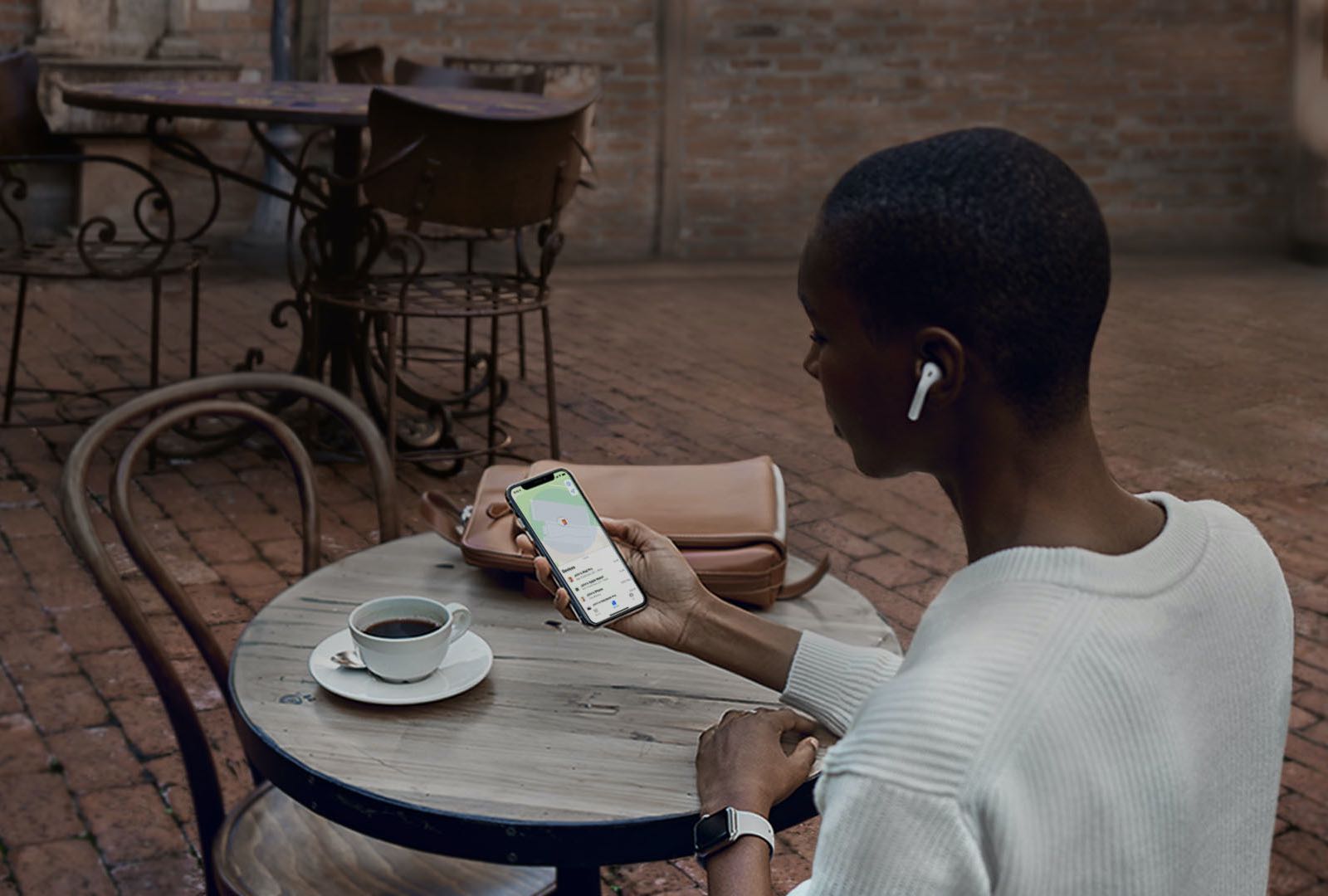Privacy and user security is an important element for Apple, one of the major pillars of its business model. So it’s not surprising that today the company has published a support document detailing what a user should do with their device(s) if their personal safety is at risk.
The new guide can be found here. It’s an in-depth look at how to manage data and information on the company’ range of products, including the iPhone, the iPad, Apple Watch, and on the Mac. The guide also breaks down what type of data a user might be sharing when they share it, and how to make changes to protect themselves.
Some options include managing location sharing, how to use the Find My app for device tracking, how to protect one’s Apple ID, and much more.
Apple makes it easy to connect and share your life with the people closest to you. What you share, and whom you share it with, is up to you — including the decision to make changes to better protect your information or personal safety.
If you’d like to revisit what you share with other people, or restore your device’s original settings for any reason, this guide can help you understand what information you are sharing via your Apple devices, and how to make changes to protect your safety. It includes step-by-step instructions on how to remove someone’s access to information you’ve previously granted: from location data on the Find My app, to meetings you’ve scheduled via Calendar.
If you’re concerned that someone is accessing information you did not share from your Apple device, this guide will also help you identify risks, and walk you through the steps to help make the technology you rely on as private and secure as you want it to be.
The full support guide is 20 pages in length, and includes plenty of graphics along with the text. This is a document that certainly falls under the “better late than never” category. Of course, Apple makes handling data and information relatively easy on-device, but these types of resources are never a bad thing.

It goes further, too. The company also included several checklists, or quick ways to manage certain elements of location and data sharing. Those are: